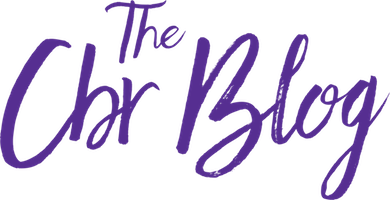Stem Cell Matching in Families
Red Hair. Blue Eyes. Curls. Freckles. We inherit many traits from our parents. In other words – it runs in the family. Why? Genetics. Just like our appearance can often match up with our relatives, so can our stem cells (including those tiny, powerful stem cells found in your baby’s cord blood). Everyone’s stem cells are genetically unique. Who can use the cells will depend on the treatment. For instance, your baby is a perfect match to his or her own stem cells and may be able to use them in certain treatments involving a stem cell transplant. Any first or second degree family member who is a suitable match may also be able to use the cord blood stem cells in a stem cell transplant for conditions like cancers and blood disorders. This is why saving each child’s stem cells can become an important consideration for families.
Treatments for Your Baby vs. Treatments for Their Siblings – What’s the difference?
Now for the science lesson. Autologous stem cell transplants are more than just a big, fancy medical term. These types of transplants indicate the use of a person’s own stem cells obtained from various sources, such as blood or bone marrow. In addition to their established use in transplant medicine, stem cells from cord blood are also being explored in a field called regenerative medicine. In fact, most of the cord blood stem cell samples released by CBR are for experimental procedures using the person’s own stem cells for conditions like cerebral palsy and autism. Using a person’s own stem cells may reduce the risk of certain immune system complications. For that reason, autologous stem cells are required for many of today’s clinical trials studying cord blood as a potential therapy and these are some of the benefits of saving your baby’s stem cells for your baby’s own use.
There are certain medical conditions that would not use a person’s own stem cells in treatment. Treatments where a person receives stem cells from a donor are known as allogeneic transplants, and it’s where genetic matching, a.k.a. HLA matching, comes into play. HLA stands for human leukocyte antigen, a protein or marker, found on most of the cells in the body. The immune system uses HLA markers to know which cells belong in the body and which do not. HLA is used to match a donor to a patient needing a bone marrow or cord blood transplant. The best transplant outcomes happen when a patient’s HLA and the donor’s HLA closely match.
All In The Family
HLA matching determines, in part, if siblings can use each other’s stem cells for approved therapies. Each brother or sister of the same biological parents has a 25% chance of being a perfect match and a 50% chance of being a partial match.1 In cases where a person is unable to use his or her own stem cells due to an inherited condition such as a blood disorder, cord blood from a matched sibling who did not inherit the disease is the preferred source in a transplant situation. This is one of the key reasons to bank cord blood for each child in the family.2
Want to learn more about clients who used their umbilical cord stem cells? Go here: http://www.cordblood.com/benefits-cord-blood/our-clients-their-stories
Sources:
- “HLA Matching.” Be The Match. National Marrow Donor Program, 1996-2016. Web. Date of Access: June 15, 2015.
- “Popular Questions.” Cord Blood Registry. CBR Systems, Inc., 1995-2016. Web. Date of Access: June 15, 2015.
Disclaimer: Ultimate use of newborn stem cells will be determined by the treating physician who will consider if they are applicable for the condition and should come from the patient or a suitable donor (siblings of the same biological parents have a 25% chance of being a perfect match and a 50% chance of being a partial match; biological parents will always be a partial match). There is no guarantee that treatments being studied in the laboratory, clinical trials, or other experimental treatments (including regenerative medicine applications) will be available in the future.


